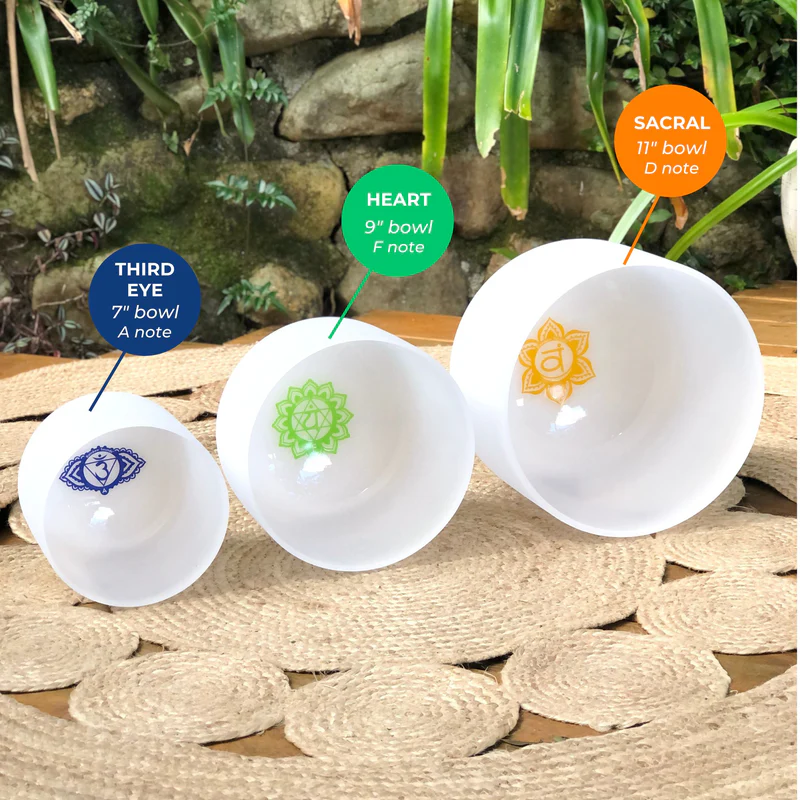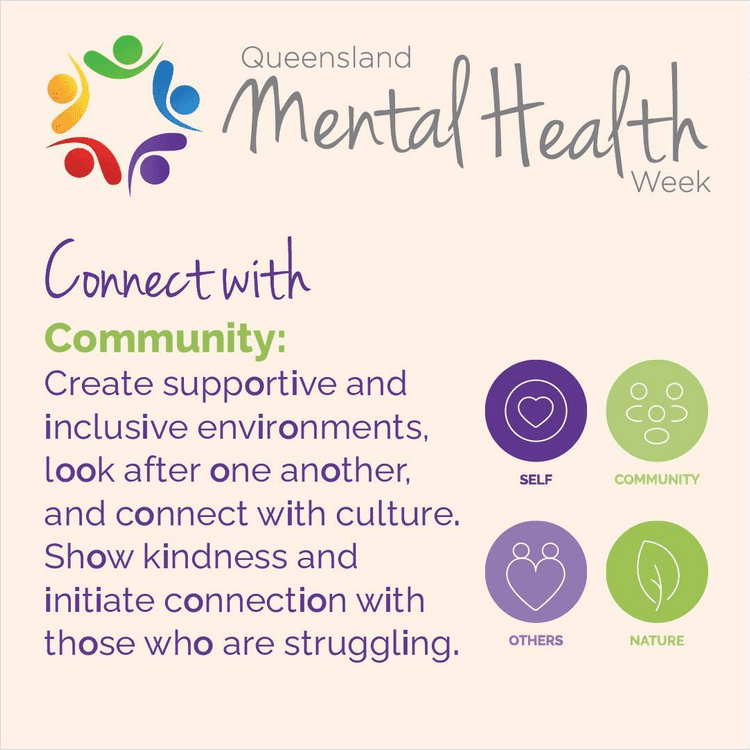Contrast water therapy, also known as hydrotherapy, is a unique and effective method of therapy that involves alternating between hot and cold water immersion. This practice has been used for centuries in various cultures around the world to promote healing, relaxation, and overall well-being. In this article, we will explore the benefits of contrast water therapy and how it can be incorporated into your daily routine to enhance your physical and mental health.
Contrast water therapy, which involves alternating between hot and cold water immersion, offers a multitude of benefits, particularly for athletes or those engaging in physical fitness. One of the key benefits lies in its effects on muscle recovery and repair. This therapy triggers a type of muscle ‘shock’, which stimulates blood circulation and accelerates the elimination of lactic acid and other metabolic waste products. This in turn speeds up muscle recovery and lessens delayed onset muscle soreness often experienced after intense physical activity.
Another crucial benefit of contrast water therapy is its impact on circulation and pain relief. With the alternation of hot and cold immersion, there is a ‘pumping’ effect within the blood vessels, enhancing circulation and helping to reduce pain and inflammation. This can bring speedy relief to injured areas and improve overall bodily function. Furthermore, contrast water therapy can enhance athletic performance by improving muscle strength, power, and endurance. Regular use can lead to better athletic resilience and faster recovery times, ultimately allowing athletes to maintain higher training volumes and intensities.
To get the most out of contrast water therapy, it is crucial to follow certain guidelines and recommendations for its application. These include time duration and the sequence of hot-cold immersion. Typically, experts recommend starting with a hot bath for 3-4 minutes, followed by a 1-minute cold bath. This cycle should be repeated 3-5 times, always ending with the cold bath. Appropriate caution should be exercised if you have certain health conditions such as heart disease, hypertension or pregnant. Always consult with a healthcare provider before starting any new therapy.
For more in-depth info, you may refer to this Wikipedia article on contrast bath therapy.
Q&A
Q: What is contrast water therapy?
A: Contrast water therapy involves alternating between hot and cold water immersion to promote healing and recovery.
Q: What are the benefits of contrast water therapy?
A: Some benefits of contrast water therapy include increased circulation, reduced muscle soreness, and improved recovery after intense exercise.
Q: How does contrast water therapy promote healing?
A: The alternating hot and cold water helps to constrict and dilate blood vessels, which can improve circulation and reduce inflammation in the body.
Q: Who can benefit from contrast water therapy?
A: Athletes, individuals recovering from injury, and those dealing with chronic pain may all benefit from contrast water therapy.
Q: How should one perform contrast water therapy?
A: To perform contrast water therapy, alternate between hot and cold water immersion for a designated amount of time, starting and ending with cold water.
Q: Are there any risks or contraindications to contrast water therapy?
A: Individuals with certain medical conditions, such as heart conditions or Raynaud’s disease, should consult a healthcare provider before attempting contrast water therapy.
Conclusion
In conclusion, contrast water therapy has been shown to offer a variety of benefits for the body, including improved circulation, reduced muscle soreness, and enhanced recovery after exercise. By alternating between hot and cold water temperatures, individuals can experience both physical and mental rejuvenation. While more research is needed to fully understand the mechanisms behind these effects, incorporating contrast water therapy into your routine may be a helpful tool for those looking to optimize their wellbeing and performance. Remember to always consult with a healthcare professional before starting any new therapy or treatment.






